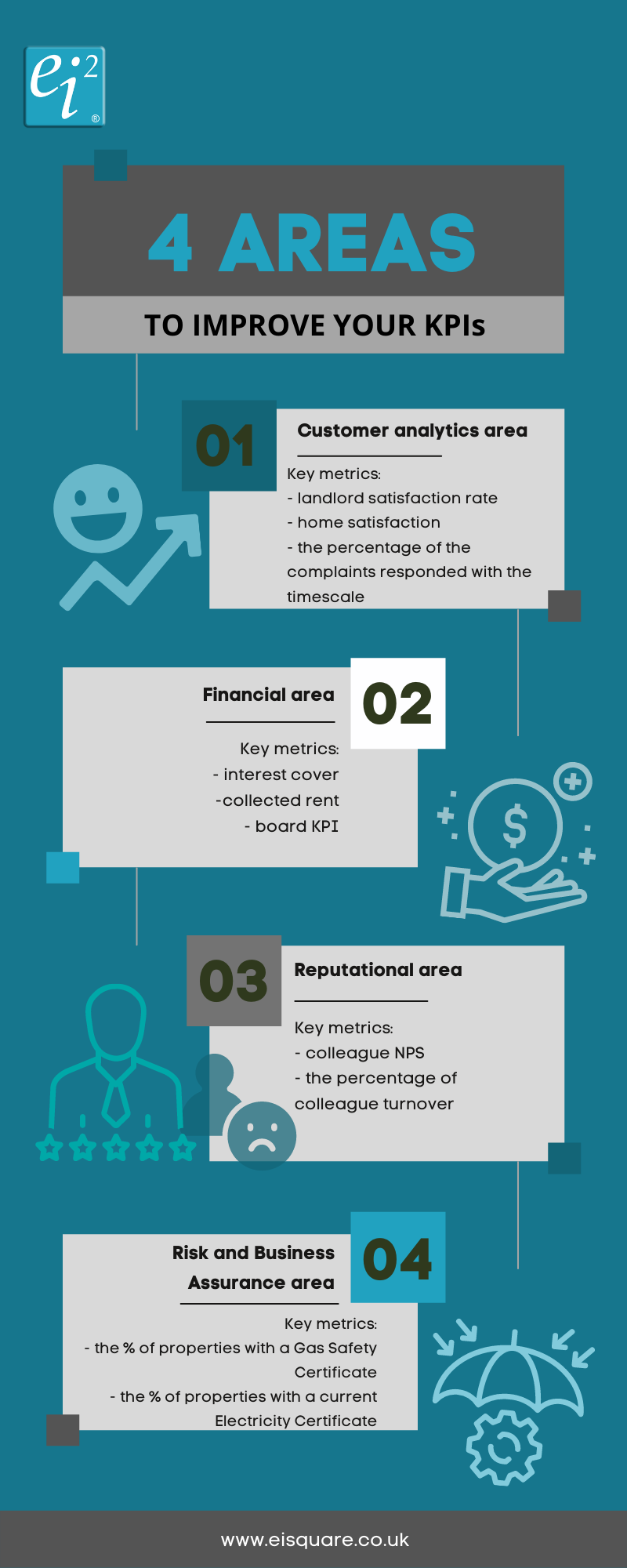The onset of the COVID-19 pandemic was a devastating yet unexpectedly impactful and eye-opening event for housing associations. The provision and use of government support schemes were amplified, budgeting plans were significantly adjusted, economic digitalisation programs were accelerated, and much more. Through these changes, the impending effects of the pandemic were mitigated effectively. However, without a proper assessment of the situation at hand and its associated risks, housing associations would have been unable to navigate their way through the crisis. So how exactly did they do it? The answer lies in the power of data.
The importance of risk management
Before discussing the use and merits of data in risk management, it is important to understand the need for this process in the first place. All forms of businesses, from large multi-million corporations to the local bakery down the street, encounter risk on a daily basis. For business in the housing associations, however, the amount of risk you are exposed tends to be much greater than other sectors. The deliberate purchase, renovation, and redistribution of homes to low-income clients allows for a relatively smaller opportunity for profit. As such, the ability to detect, understand, and ultimately minimise risk is important to be successful. Not to mention, because of the rapidly evolving nature of technology, along with an abundance of new compliance regulations, the risks associated with social housing are growing exponentially. Keeping track of these new sources of risk makes it harder to utilise traditional management methods, making it all the more beneficial to rely on the power of data.
The use of data in risk management
For organisations in the housing associations sector, there is certainly no lack of data to be found. Information ranging from a particular tenant’s level of income to their criminal history can all be collected for the purpose of drawing insights. However, no business is the exact same as the other, and as such, no business needs to collect the same data as the other. Even amongst the same industry, businesses tend to vary in the type of data they choose to collect due to their unique needs and goals. By only collecting the key data that your business requires, you will be able to efficiently identify and mitigate any potential risks that you may encounter.
In order to do this, a method known as the single-customer view can be employed. Discussed in-depth in our previous blog, “a single customer view is a process by which a company’s data regarding its customers is compressed and consolidated into a single centralised platform.” Through one platform, not only does data become accessible for members within the management team, but also the risk for error such as data duplication or deletion is significantly reduced. Most importantly, however, is the fact that through a single-customer view, you will be able to gain a vast, detailed, and condensed view of your tenants’ habits and actions. With a thorough data profile for each of the tenants, critical metrics could be developed, tracked, and compared over time. As a result, client services will be enhanced, efficiency will be boosted, and risk will be reduced across the board.
Protecting valuable data
There is a great abundance of data for organisations in the housing associations sector. This data, however, often includes extremely sensitive information, and one of the largest risks to consider is the inappropriate use of such data. As such, the need to secure tenant data in a safe and responsible way is key. At the management level, one strategy many organisations have incorporated is the use of encryption to secure devices such as smartphones, USB drives, and laptops. The same strategy can also be used to secure data at the deeper levels of your organization, specifically in regards to enterprise storage. Encryption, however, is not the sole solution to your data security problems. While it does provide a good barrier to those trying to access private tenant data, encryption cannot defend against those who may already have direct access, such as employees. To combat this, another safeguard that can be implemented is a perimeter protection system. Perimeter protection systems involve the use of multiple complementary defenses, such as firewalls or IPSs (intrusion prevention system), in order to manage traffic flowing both in and out of a particular storage center. With such a system in place, suspicious activity and the misuse of tenant data will be deterred across the company.
Conclusion
For those in the business sector, risk will always be something that you are exposed to. As mentioned earlier, this is especially true for those for businesses situated in the line of housing associations. However, this does not mean that all risk cannot be avoided. In fact, quite the opposite is true. By understanding the potential sources of risk within your organisation, and employing the use of data and various security measures, the possibility for error is sure to decrease. Nevertheless, it is important to consider that every organization varies in its respective goals and current situation. Whether data accessibility is your primary concern, or a lack of security, a number of effective measures exist to address these issues.
About the author: Mark Roychowdhury is a Copywriter Intern at ei² niche consulting for #data #insights #performance www.eisquare.co.uk



